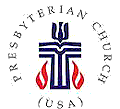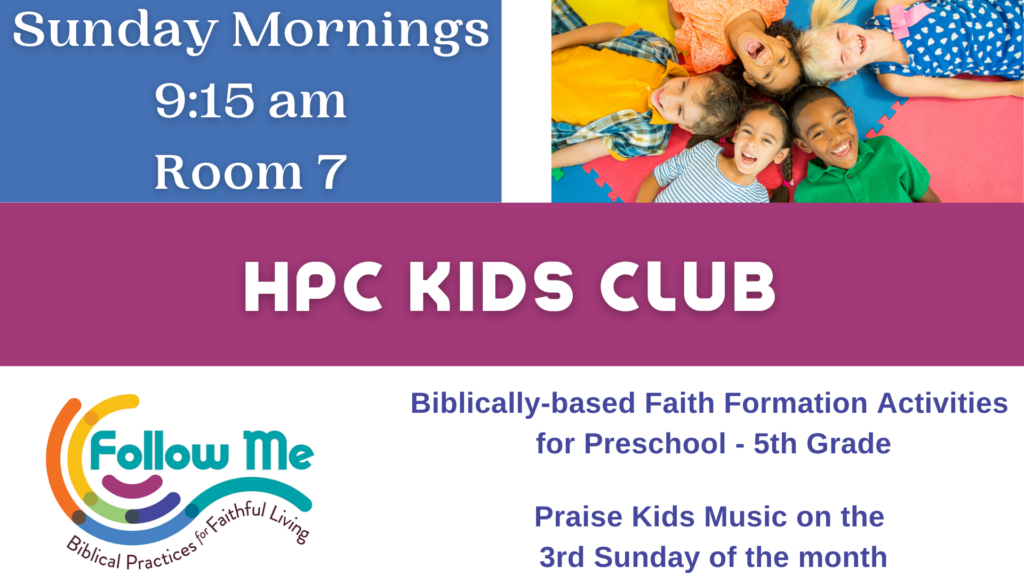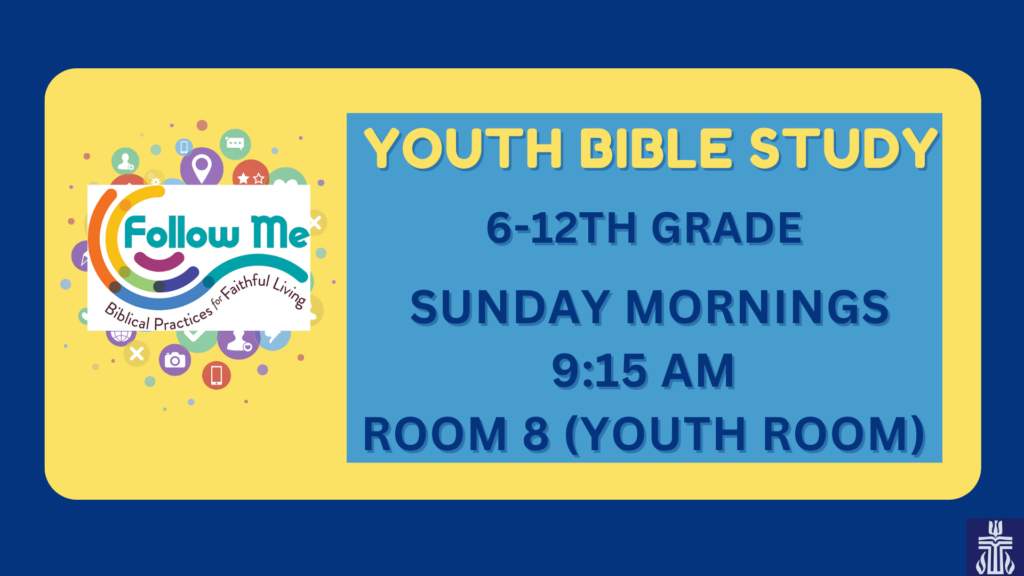The skies are an amazing thing. Do you remember last August when many of us donned special glasses to experience the solar eclipse, with some traveling a short distance north to experience nearly two minutes of totality? People were enraptured and amazed at the sudden and dramatic changes brought from above. It was labeled as an event of a lifetime, or at least of a decade. Recently, there’s been other activity worth noting, too. Did you happen to look up at night this past week? As the new year began, we experienced the first full moon right away and it was spectacular. It was huge, so much so that even on Wednesday night, I felt like after driving over the crest of the hill near Etowah High School I would be able to just reach out and touch it, or like it was sitting on top of Kroger.
As it turns out, it wasn’t quite that close. According to EarthSky.org is was about 221,559 miles from us, but I did learn that it was a supermoon, which means that at the same time it becomes full it reaches its perigree, the point in the moon’s elliptical orbit when it is closest to the earth[i]. (Perigree simply means “near earth”). The average distance of the moon is around 238,000 miles, and this week we observed just how big of a difference 17,000 miles can make[ii]. This makes the moon appear up to 14 percent larger and 30 percent brighter than usual[iii]. If you missed it, there’s more activity to come. On January 31 we will experience a blue moon, a second full moon within the same calendar month, and on that night there will be a total lunar eclipse as well. All of this makes me wish I knew way more about astronomy, because of the power and majesty of what we see overhead. The stars tell a powerful story.
A star seems to be a central character of our biblical story today as we celebrate the Epiphany, that moment of divine manifestation of God on earth through Jesus Christ as related by Matthew’s gospel. This story completes our nativity scenes with the arrival of travelers from the east. They are called magi, wise men, magicians, or even kings, and the traditions that have spun off of them resulted in much speculation about their mysterious identities. In an attempt to nail down the story, legend ventured that there must have been 3, one for each of the named gifts, and some even went so far as to give them names and cultural identities. But whether they were practitioners of magic, priests of royal courts, or astrologer and scholars, it is their actions that give them their role in the story. They were willing to follow a star.
Many have tried to identify the nature of the star mentioned in Matthew. Some say it was Halley’s Comet, which could have been seen around 12 BCE, others propose that it actually was a cluster of multiple stars that shone brightly. It may have been a supernova explosion or even a planet. In The Divine Comedy, Dante describes God as “the love that moves the stars[iv],” which inspired James C. Howell to offer that this was some sort of supernatural phenomenon meant to demonstrate that:
God is determined to be found, and will use any and all measures . . . to reach out to people who are open[v].
On Epiphany, we celebrate this moment when the stars quite literally aligned, and identify it as revelatory for Christ’s entrance into the world, which we celebrated 13 days ago. Like the angels singing on the hillside, the star is meant to point us to God’s incarnation.
Augustine wrote, “Christ was not born because the star shone forth, but it shone forth because Christ was born; we should say not that the star was fate for Christ, but that Christ was fate for the star.” (Benson Bobrick, The Fated Sky: Astrology in History (New York: Simon & Schuster, 2005), 79).
The star tells the story of light coming into the world in a powerful way, one that fulfilled the promises of the prophets and caught the attention of the magi, who had the eyes to see what others, including Herod and his scribes, did not, and provided them with a direction to go.
Finding one’s way can be hard, particularly when stars are involved. In the Disney movie Moana, the title character is attempting to restore the heart of the ocean and employs the help of the demigod Maui. After a series of events they finally begin to make their way, it becomes apparent that she does not know the basics of sailing, or how to use the stars above as a guide. She begs Maui, “teach me to sail,” to which he replies, “it’s called wayfinding, Princess.” He’s referring to an ancient Polynesian practice which dates back at least 3,000 years of navigating the ocean using deep knowledge and intense observation of the stars in the sky and the swells of the water[vi]. But when he continues, it’s clear he means more than just a geographical orientation and nautical skill. Maui says to Moana,
“It’s not just sails and knots. It’s seeing where you’re going in your mind. And knowing where you are, by knowing where you’ve been[vii].”
In the same way, there is more to the story of the magi finding the baby Jesus than just a simple delivery of gifts with the star as some sort of GPS. This is a story of journey and discovery that teaches us a lot about what it means to search for God in the midst of our own life experiences. Commentator William Arnold lays it out in this way:
First, these wise people had been studying. They knew their history. They hadn’t merely stumbled onto this momentous event. They had searched their own past and their sacred texts, and the result of their study was a readiness, or at least a willingness, to recognize the sign when it appeared.
Second, these scholarly folk did not keep their noses in the books all the time. They also were keen observers of the world around them. . . .
Third, they were willing to seek confirmation of what they had learned and seen. They moved, put their feet . . . in motion to follow this sign. They took a chance on being proven wrong – or right!
Fourth, they were willing to ask for directions along the way, even if they were wrong in their choice of resources (Herod).
Fifth, having found the confirmation of their convictions . . . they responded with all the gratitude they could muster.
Sixth . . . they still remained vigilant and attentive – open to further visions and insight – and thus they were responsive to their dream-delivered warning to go home by another road[viii].
The magi provide a powerful illustration of what the journey of faith, and the journey of life, can look like when we focus our intentions and attention in the right places. Willingness, observing, action, seeking guidance, responding with gratitude, and continued openness; these sound almost like a list of new year’s resolutions of ways to be more faithful. The magi help give us tools that can help us find our own stars to follow towards the epiphanies God has in store for us in the coming year.
There is a tradition that is becoming popular among churches around the country at this time of year, marking this day of Epiphany with the receiving of “star words[ix].” They are simple verbs or adjectives meant to give a point of focus or inspiration for the coming year, through which we can experience God in an epiphany-type way; unexpected, challenging, refreshing and renewing. This morning, you will have the opportunity to receive one of these words in worship. Although there is no “star words police,” you are encouraged to simply pick one from the basket, receiving it as a gift, rather than trying to select a word that you particularly like or think you need. One of my clergy friends described it this week as “the word picking you.” The stories of these are pretty amazing, as they become woven into the life of the one who carries it. You don’t have to figure out its meaning to you right away; simply let it rest with you. You are encouraged to put them in a place you will see them often, and ours even have a sticky-back to them for a secure placement. There should be enough for everyone, and there are also some smaller stars available that you can try to write a word on, or simply take to put in a second spot in your world to remind you of your drawn star. May these stars be one way to help guide you, as that star did for the magi long ago, to a place where you discover God breaking into the world in powerful and personal ways, as we hear the carol’s refrain:
O Star of wonder, star of night, star with royal beauty bright,
westward leading, still proceeding, guide us to thy perfect light.
Let our next journey begin. Amen.
~Rev. Elizabeth Lovell Milford
January 7, 2018
—————————————————————————————————————————
[i] Bruce McClure and Deborah Byrd, “2018’s closest supermoon January 1,” January 1, 2018, EarthSky.org, January 1, 2018, http://earthsky.org/space/what-is-a-supermoon.
[ii] Jesse Emspak and Tariq Malik, “Supermoon 2018: When and How to See January’s Two Full Moons,” www.space.com, January 1, 2018, https://www.space.com/34515-supermoon-guide.html, accessed 1/6/2018.
[iii] Emspak and Malik.
[iv] Dante, The Divine Comedy: Paradise xxxiii, l. 145, as quoted by James C. Howell.
[v] James C. Howell, “Theological Perspective: Matthew 2:1-12,” Feasting on the Word: Year B, Volume 1, David L. Bartlett and Barbara Brown Taylor, editors (Louisville, KY: Westminster John Knox Press, 2008).
[vi] Kayleigh Hughes, “What is Wayfinding? Disney’s ‘Moana’ Introduces Viewers To The Art Of Navigation,” November 23, 2016, Bustle.com. https://www.bustle.com/articles/195766-what-is-wayfinding-disneys-moana-introduces-viewers-to-the-art-of-navigation, accessed 1/4/18.
[vii] Moana, directed by Ron Clements and John Musker, (Walt Disney, 2016).
[viii] William V. Arnold, “Pastoral Perspective: Matthew 2:1-12,” Feasting on the Word: Year B, Volume 1, David L. Bartlett and Barbara Brown Taylor, editors (Louisville, KY: Westminster John Knox Press, 2008).
[ix] Many attribute this idea to Rev. Marci Auld Glass, https://marciglass.com/category/starward/




Leave a Reply
You must be logged in to post a comment.